Losing a hand or an arm is life-changing, but the right prosthetic can restore function and independence. With advancements in prosthetic technology, people with upper limb amputations now have access to highly functional and comfortable solutions that can help them regain control over their daily lives.
However, choosing the best prosthetic depends on the level of amputation. Not all prosthetics work the same way, and what’s ideal for one person may not be suitable for another. Whether the amputation is at the fingers, wrist, or above the elbow, selecting the right device ensures better comfort, mobility, and usability.
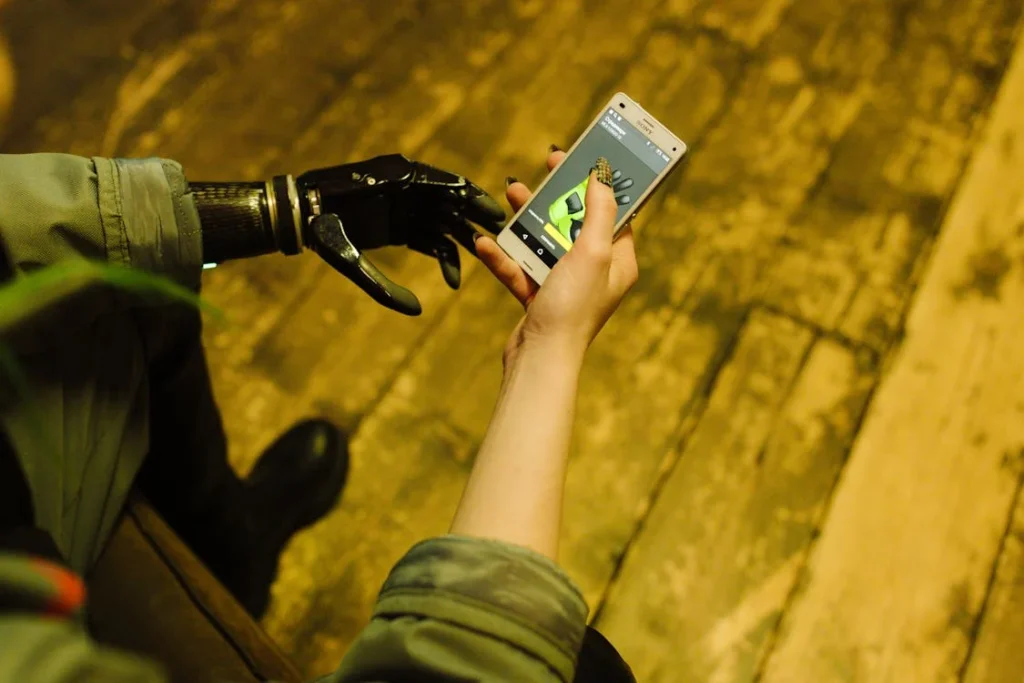
Understanding the Different Levels of Upper Limb Amputation
Before choosing the right prosthetic, it’s important to understand the different types of upper limb amputations.
The level of amputation determines which muscles, joints, and bone structures remain, which affects the type of prosthetic that will work best.
A partial hand amputation involves the loss of fingers or part of the palm, while a wrist disarticulation means the hand is completely absent, but the forearm is intact.
Below-the-elbow amputations remove part of the forearm, but the elbow remains functional.
Above-the-elbow amputations extend higher, sometimes removing part of the upper arm or shoulder, making prosthetic control more complex.
Each level of amputation presents unique challenges, but prosthetic technology has advanced to provide customized solutions.
Whether someone needs a basic functional hand for gripping or an advanced bionic prosthetic with sensory feedback, there are options designed to meet different needs.
Prosthetic Solutions for Partial Hand Amputation
For individuals who have lost one or more fingers but still have a functioning palm and wrist, partial hand prosthetics can restore grip and hand function.
The right prosthetic depends on how many fingers are missing and how much mobility remains in the hand.
Silicone prosthetic fingers provide a natural look and help with simple activities like pushing buttons or stabilizing objects.
They don’t have active movement but can assist with daily tasks. Mechanical finger prosthetics offer more functionality by allowing users to bend and grip objects using remaining hand motion.
These are useful for people who need more precise control for activities like writing or holding tools.
For a more advanced option, bionic fingers powered by small motors can move independently based on muscle signals.
These devices allow for more natural movements and improve dexterity. They are particularly beneficial for users who need fine motor control for tasks like typing or playing musical instruments.
Prosthetics for Wrist Disarticulation and Below-the-Elbow Amputation
When the entire hand is missing but the forearm remains, a prosthetic needs to restore both grip and wrist function. The best options for wrist disarticulation and below-the-elbow amputations include body-powered and myoelectric prosthetics.
Body-powered prosthetics use a cable system attached to a harness worn over the shoulder. The user moves their upper body to pull the cable, opening and closing the hand.
These prosthetics are durable, lightweight, and don’t require batteries, making them a reliable choice for everyday use. Myoelectric prosthetics use small sensors placed on the skin that detect muscle signals from the forearm.
These signals control the prosthetic hand’s movement, allowing for more natural and intuitive control.
Devices like Grippy™ by Robobionics are excellent examples of modern bionic prosthetics that provide users with an advanced sense of touch and multiple grip patterns.

Prosthetic Solutions for Above-the-Elbow Amputations
When an amputation occurs above the elbow, a prosthetic needs to replace both the elbow and the hand, making control more complex.
The higher the amputation, the more muscles and joints are lost, requiring advanced prosthetic solutions that restore mobility and function.
Body-Powered Prosthetics for Above-the-Elbow Amputations
Body-powered prosthetics remain a popular choice for above-the-elbow amputations due to their durability and simple operation.
These devices use a harness-and-cable system that allows users to control both the elbow and the hand with upper body movements.
For someone with a transhumeral amputation (above the elbow but below the shoulder), the prosthetic elbow must be locked and unlocked manually to adjust arm positioning.
The hand is controlled using the cable system, making it effective for basic tasks like lifting objects or stabilizing items.
Though body-powered prosthetics require effort to operate, they provide a strong and lightweight solution for those who need a reliable and long-lasting device.
They are especially useful for people who perform manual tasks, as they are more resistant to damage compared to myoelectric alternatives.
Myoelectric Prosthetics for Enhanced Control
For a more advanced and natural experience, myoelectric prosthetics use electrical signals from remaining muscles to control movement. Sensors placed on the upper arm detect muscle contractions, allowing the user to move the elbow, wrist, and fingers with greater precision.
A myoelectric arm with an electronic elbow joint enables smoother movement and better positioning. These prosthetics are ideal for individuals who require more natural motion for daily activities like eating, using a phone, or typing.
Devices like Grippy™ by Robobionics offer myoelectric control with multiple grip patterns, allowing users to hold objects with more precision.
This makes it easier to perform delicate tasks, such as gripping a glass without squeezing too hard. With continued training and practice, users can achieve fluid movements that closely mimic a natural arm.
Hybrid Prosthetics for Versatility
Some users prefer a combination of body-powered and myoelectric technology. Hybrid prosthetics allow myoelectric control of the hand while using a mechanical system to operate the elbow.
This setup reduces battery usage while still providing advanced hand functionality. For those who need a balance between durability and technology, a hybrid prosthetic can offer the best of both worlds.
This is especially useful for individuals with an active lifestyle who need strength, control, and long-lasting performance.
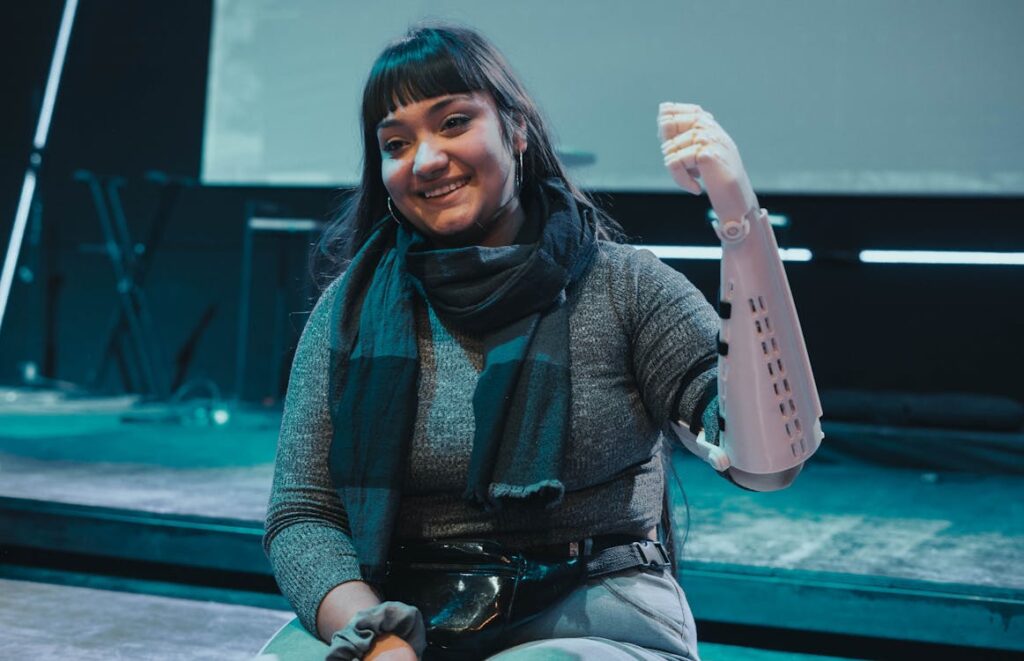
Prosthetic Solutions for Shoulder Disarticulation and High-Level Amputations
When an amputation occurs at the shoulder, meaning the entire arm is missing, prosthetic solutions become more complex.
These prosthetics need to replace the entire arm, including the shoulder joint, elbow, wrist, and hand. This level of amputation requires advanced engineering to restore functional movement while ensuring comfort and balance.
Mechanical Shoulder Prosthetics for Stability
For shoulder disarticulation, body-powered prosthetics remain an effective choice due to their durability and control. These prosthetics use a harness system that allows the user to control arm movement by shifting their upper body.
The shoulder joint is typically locked in a fixed position, while the elbow and hand are controlled through cables. While body-powered prosthetics require significant physical effort, they offer a high level of reliability.
Many users appreciate their lightweight design, which reduces strain on the body and makes daily wear more comfortable. These prosthetics are particularly useful for individuals who engage in physical activities or require a sturdy, low-maintenance device.
Myoelectric Shoulder Prosthetics for Advanced Functionality
For those seeking a more intuitive and natural way to control their prosthetic, myoelectric shoulder prosthetics provide a high-tech alternative.
These devices use muscle signals from the chest, shoulder, or back to control movement. A myoelectric prosthetic arm with a powered shoulder joint allows users to lift, rotate, and position the prosthetic naturally.
This is especially helpful for tasks that require reaching overhead, holding objects at different angles, or performing multi-step movements with precision. Advanced myoelectric prosthetics, such as those incorporating AI-driven controls, adapt to the user’s movement patterns over time.
These devices improve grip accuracy, adjust movement speed automatically, and even provide sensory feedback for a more natural experience.
Combining Passive and Functional Prosthetics
For individuals who do not require a fully powered prosthetic, passive shoulder prosthetics offer a lightweight and aesthetic option.
These prosthetics do not have active movement but help balance the body and improve posture.
Some users combine passive prosthetics with functional hand attachments for specific tasks, such as using specialized grips for sports or occupational activities.

Choosing the Right Prosthetic Based on Lifestyle and Needs
Selecting an upper limb prosthetic isn’t just about the level of amputation—it’s also about personal needs, lifestyle, and daily activities.
The right prosthetic should align with a person’s routine, whether they need a device for everyday tasks, work-related activities, or specific hobbies.
Everyday Use and Basic Functionality
For individuals who need a prosthetic for essential daily tasks, a lightweight and comfortable design is key. Many people prioritize ease of use over high-tech features, especially if they are new to prosthetics.
Body-powered prosthetics are a practical choice for those who want a simple and reliable device that helps with gripping and holding objects.
Myoelectric prosthetics, like Grippy™ by Robobionics, provide enhanced functionality for those who need precision and flexibility in movement.
These prosthetics allow users to perform tasks such as typing, holding delicate objects, and using a phone with greater control. The ability to switch between different grip patterns makes them useful for a variety of everyday actions.
Work and Professional Requirements
For those who need a prosthetic to assist in a professional environment, durability and control are crucial.
If a job involves manual labor or physical activity, a sturdy body-powered prosthetic may be the best option, as it can withstand heavy use.
People working in office settings or creative fields may benefit more from a myoelectric hand, which provides better dexterity for typing, writing, and using tools.
Profession-specific prosthetics, such as task-specific attachments for mechanics, chefs, or artists, allow users to perform their job effectively.
Many modern prosthetics can be customized to accommodate these needs, ensuring that users can continue working without limitations.
Sports and Active Lifestyles
For athletes and individuals with an active lifestyle, specialized prosthetics designed for sports and fitness are available.
Some prosthetics include custom attachments for activities such as cycling, weightlifting, swimming, or running.
High-impact sports often require prosthetics with strong materials and reinforced joints, while activities like yoga or climbing benefit from flexible and adaptive designs.
Many prosthetic manufacturers offer customized options that allow users to stay active while ensuring comfort and stability.
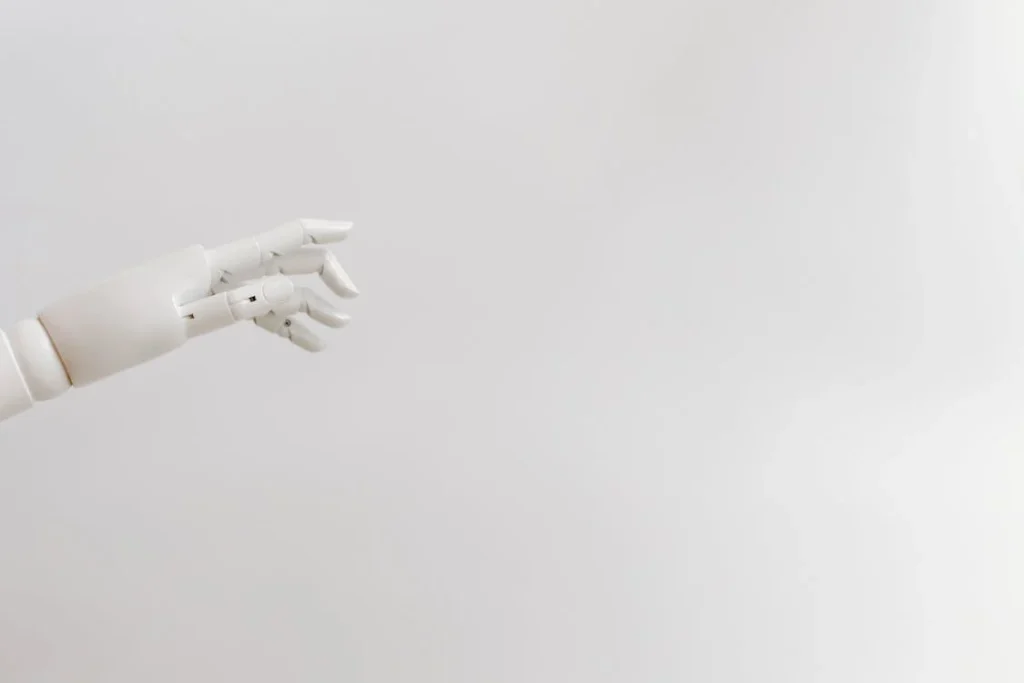
The Role of Rehabilitation and Training in Prosthetic Adaptation
Getting the right prosthetic is only the first step. Proper rehabilitation and training are essential for making the device feel like a natural extension of the body.
Without structured practice, even the most advanced prosthetic may feel difficult to use. The key is to gradually build strength, coordination, and confidence in daily tasks.
Occupational Therapy for Muscle Control
For body-powered prosthetics, users need to strengthen the upper body and improve posture to operate the harness and cable system efficiently. Exercises that improve shoulder and back strength can make prosthetic control easier and reduce fatigue.
For myoelectric prosthetics, training focuses on refining muscle signals to achieve smooth and accurate movements. Since these devices rely on electrical signals from the muscles, occupational therapy helps users learn how to control grip strength, wrist rotation, and finger positioning effectively.
Developing Coordination and Dexterity
At first, using a prosthetic may feel unnatural, but with repetition, movements become smoother. Practicing everyday tasks such as buttoning a shirt, using utensils, or holding a pen can help improve coordination.
Many rehabilitation programs also include gamified exercises that make training more engaging and fun. Robobionics offers home-based gamified rehabilitation to help users build confidence in their prosthetic use.
By incorporating interactive exercises, users can train in a stress-free environment and track their progress over time.
Overcoming Psychological Barriers
Adjusting to a prosthetic is not just a physical challenge—it’s also a mental one. Some users feel self-conscious about wearing a prosthetic in public, while others struggle with the frustration of learning new skills.
Counseling and peer support can help individuals navigate these emotional challenges. Connecting with other prosthetic users through support groups or online communities can provide motivation and encouragement.
Many people find that sharing experiences with others who have gone through similar challenges makes the adaptation process easier.
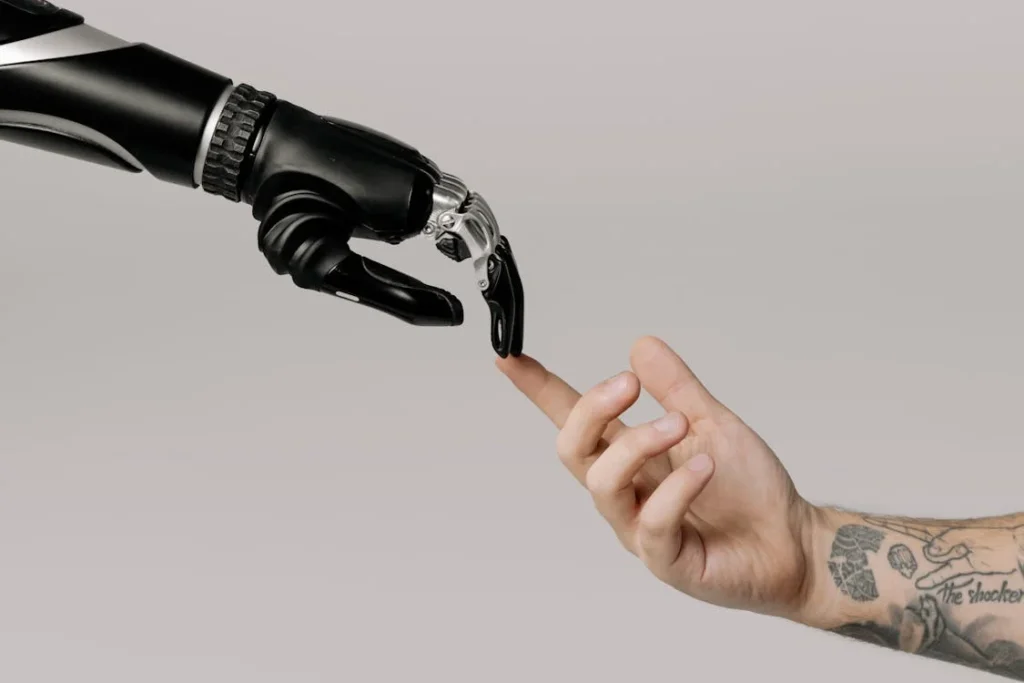
The Future of Upper Limb Prosthetics: Innovation and Advancements
As technology continues to evolve, prosthetic devices are becoming more advanced, offering better control, comfort, and functionality.
Innovations in materials, artificial intelligence, and sensory feedback are transforming the way prosthetic users interact with the world.
The future of upper limb prosthetics is focused on making these devices more intuitive, natural, and accessible for everyone.
Bionic Prosthetics with AI Integration
One of the most significant advancements in prosthetic technology is the integration of artificial intelligence (AI). AI-powered prosthetics can learn from a user’s movement patterns and adjust grip strength, speed, and positioning in real time.
This technology allows for more precise and natural hand movements, reducing the effort required to control the prosthetic. Modern bionic hands, such as Grippy™ by Robobionics, utilize AI to enhance grip control and adaptability.
These prosthetics can switch between multiple grip patterns based on the task at hand, making it easier to perform complex actions such as picking up small objects, using electronic devices, or handling fragile items.
Another exciting development is predictive movement technology, where the prosthetic anticipates the user’s next action based on muscle activity.
This reduces response time and makes prosthetic movement feel more fluid and instinctive. AI-driven improvements continue to refine these systems, bringing prosthetics closer to the natural function of a human hand.
Sensory Feedback and Touch Sensation
A major challenge for prosthetic users is the lack of sensory feedback. While prosthetic hands can grasp objects, they do not provide the feeling of touch, making it difficult to judge pressure or texture.
However, new developments in haptic feedback technology are changing this. Researchers are working on prosthetic devices that use sensors to relay information about pressure, texture, and temperature back to the user’s nervous system.
This allows individuals to “feel” objects through their prosthetic hand, improving control and reducing the likelihood of dropping or crushing items.
Some bionic prosthetics now come with vibration-based feedback systems, where users receive small vibrations that correspond to different levels of pressure.
This helps them understand how firmly they are holding something, allowing for more precise control. Future advancements aim to refine these systems, providing a more natural sensory experience.
Lightweight Materials for Enhanced Comfort
Comfort plays a crucial role in prosthetic adaptation. Traditional prosthetic limbs can be heavy and cumbersome, leading to fatigue and discomfort.
Advances in materials science are addressing this issue by introducing lightweight yet durable materials such as carbon fiber, titanium, and advanced polymers.
Lighter prosthetics reduce strain on the residual limb, allowing users to wear their device for longer periods without discomfort.
Additionally, modern socket designs use breathable materials that prevent excessive sweating and irritation, improving overall comfort.
3D Printing for Customization and Affordability
3D printing is revolutionizing the prosthetics industry by making devices more customizable and cost-effective. Traditional prosthetics require extensive manufacturing processes, leading to higher costs and longer wait times.
With 3D printing, prosthetic limbs can be produced quickly and tailored to fit the user’s specific needs. Robobionics utilizes 3D-printed technology to create lightweight, ergonomic prosthetics that offer both functionality and affordability.
These customized solutions ensure that users receive a prosthetic that fits comfortably and meets their unique requirements.
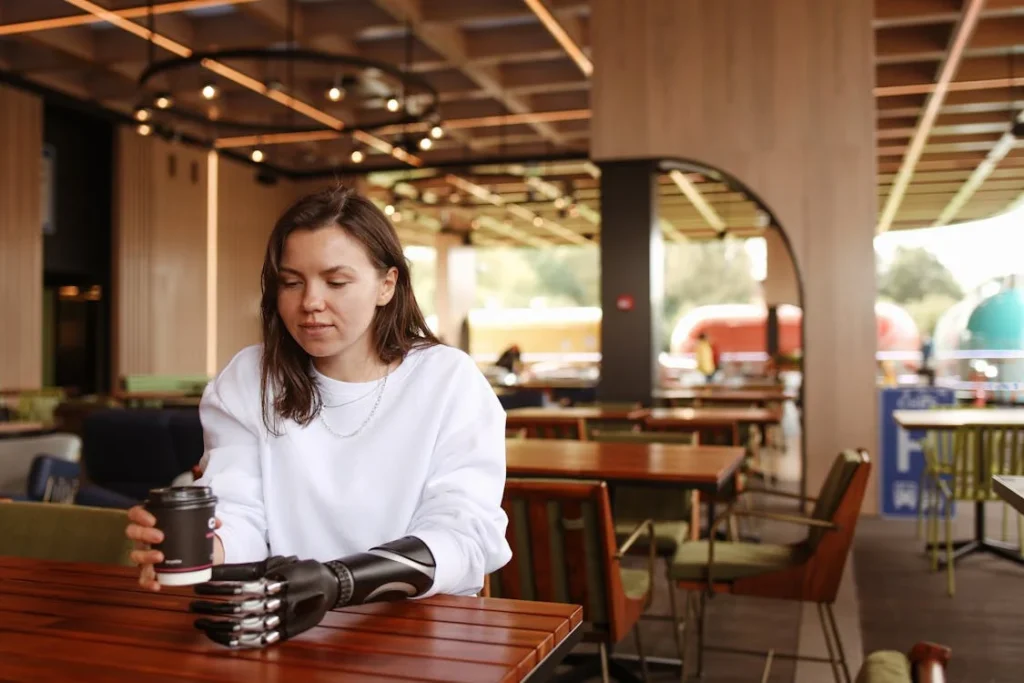
Selecting the Right Prosthetic: Key Factors to Consider
Choosing an upper limb prosthetic is a deeply personal decision, influenced by an individual’s level of amputation, lifestyle, budget, and long-term goals.
No single prosthetic is perfect for everyone, so understanding key factors can help in selecting the best device.
From comfort and durability to advanced control options, each aspect plays a crucial role in ensuring a smooth adaptation process.
Functionality and Purpose
The first step in selecting a prosthetic is identifying how it will be used. Some individuals need a prosthetic for basic daily activities like holding utensils, opening doors, or lifting light objects.
Others may require a more advanced device that supports workplace tasks, sports, or fine motor activities such as typing and writing. For users who require simple functionality, a body-powered prosthetic may be the best choice.
These devices use a cable-and-harness system to control movement and are highly durable, making them ideal for physically demanding tasks. They do not rely on batteries and offer reliable performance, especially for those who work in environments where durability is a priority.
For individuals who want a prosthetic with greater control and precision, myoelectric prosthetics are a better option. These prosthetics rely on muscle signals to operate the hand and wrist, allowing for smoother and more natural movements.
Devices like Grippy™ by Robobionics provide multiple grip patterns, enabling users to hold objects of different shapes and sizes more effectively. Myoelectric hands are ideal for those who need to perform complex tasks in professional or social settings.
Comfort and Fit
A well-fitted prosthetic is essential for long-term use. If a prosthetic is uncomfortable, it can lead to skin irritation, pressure sores, and muscle strain.
The socket, which connects the prosthetic to the residual limb, plays a major role in determining comfort. A properly designed socket should distribute weight evenly, ensuring that no single area experiences excessive pressure.
It should also allow for ventilation to prevent sweating and skin irritation. Many modern sockets use 3D scanning and printing technology to create a custom fit that aligns with the user’s residual limb shape.
If discomfort arises, adjustments can be made to the socket’s shape, padding, or suspension system. Regular check-ups with a prosthetist help ensure that the fit remains optimal, especially as muscle shape changes over time due to increased prosthetic use.
Weight and Durability
Prosthetic weight is another critical factor. A heavy prosthetic can cause fatigue, muscle strain, and difficulty in long-term wear. Lighter materials such as carbon fiber and titanium are commonly used in modern prosthetic designs, offering strength without adding unnecessary weight.
Durability is also important, especially for individuals who engage in physically demanding tasks. Body-powered prosthetics are often more resistant to impact and rough handling, making them a preferred option for industrial work, construction, or manual labor.
Myoelectric hands, while offering greater control, require careful handling and maintenance to ensure their electronic components remain functional.
Aesthetics and Personal Preferences
For many users, the appearance of a prosthetic is just as important as its function.
Some prefer lifelike silicone prosthetics that closely resemble a natural hand, while others opt for high-tech bionic designs that showcase the mechanical elements of the device.
Customization options such as color, texture, and shape adjustments allow users to choose a prosthetic that reflects their personal style and comfort level.
The goal is to ensure that the prosthetic feels like a natural part of the body, boosting confidence and making daily interactions more comfortable.
Cost and Accessibility
The cost of an upper limb prosthetic can vary depending on its technology level and customization features.
Basic body-powered prosthetics are more affordable, while myoelectric and bionic hands tend to be more expensive due to their advanced features.
However, affordability should not mean compromising on quality. Robobionics focuses on creating cost-effective prosthetics that are designed in India, ensuring that users receive high-quality devices without long waiting times or high import costs.
Many insurance providers and organizations also offer financial assistance to make prosthetic devices more accessible.
Conclusion
Finding the right upper limb prosthetic depends on many factors, including the level of amputation, lifestyle, and personal preferences. With advancements in prosthetic technology, users now have more choices than ever, from durable body-powered prosthetics to high-tech myoelectric hands like Grippy™ by Robobionics. Each device is designed to restore function, improve mobility, and enhance independence.
Comfort, weight, and durability are just as important as functionality. A well-fitted prosthetic ensures long-term wearability, while lightweight materials and advanced control systems make movement more natural. As innovations continue, the future of prosthetics will bring even more intuitive designs, offering users greater freedom and confidence in their daily lives.
At Robobionics, we are committed to providing high-quality, affordable, and locally designed prosthetics that meet diverse needs. Whether you are looking for a simple, reliable solution or an advanced bionic hand, we are here to help. Book a free demo today and experience the future of prosthetic technology firsthand!
Your prosthetic is more than just a device—it’s a tool that empowers you to live life to the fullest. Keep moving forward, stay motivated, and embrace the possibilities ahead.



